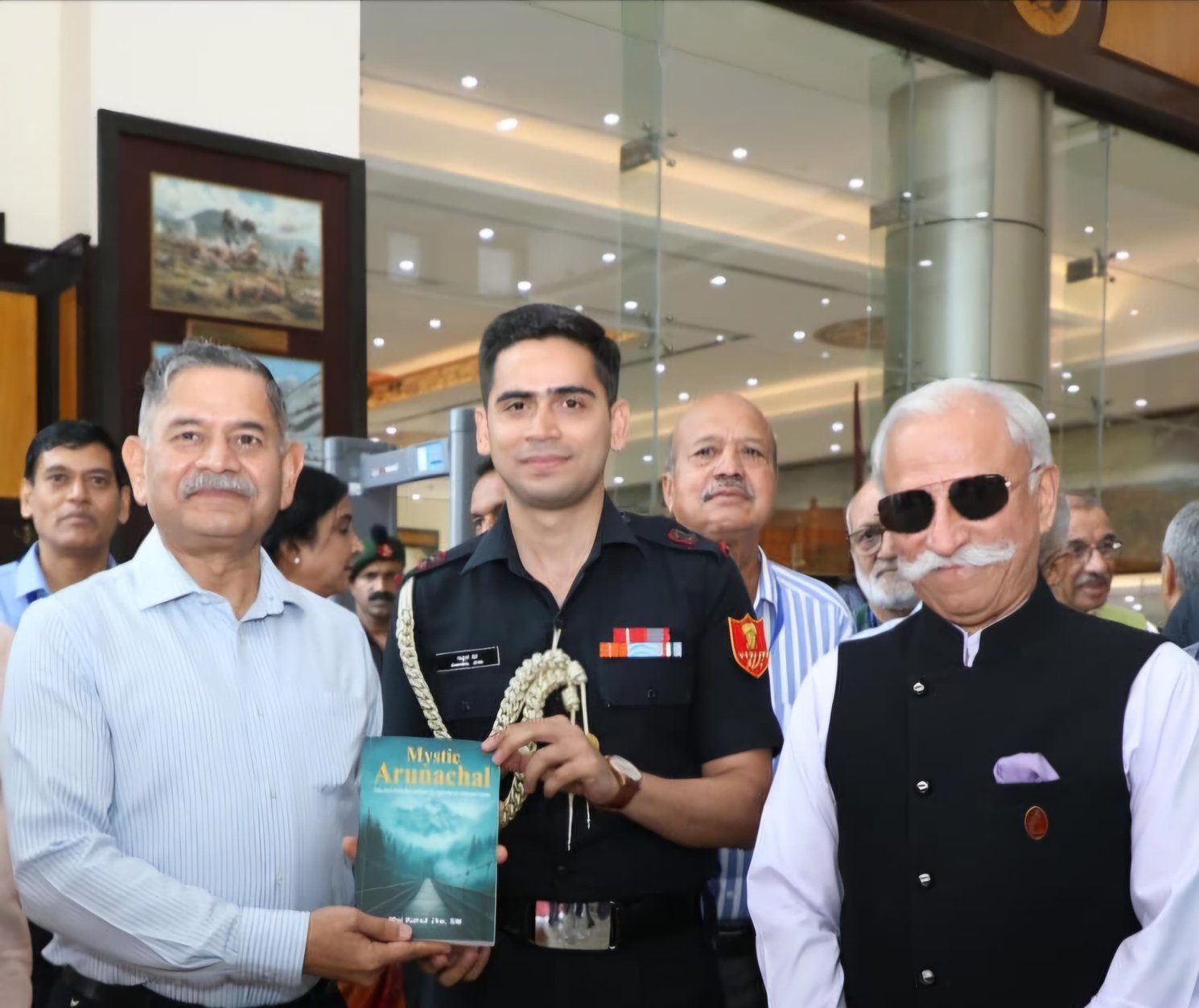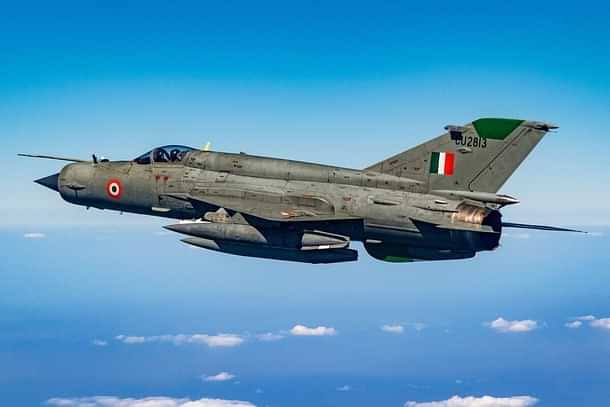Historic Medical Breakthrough at Army Hospital (R&R): Youngest Patient Successfully Treated for Guillain-Barré Syndrome
In a groundbreaking achievement, a multidisciplinary team at the Army Hospital (Research and Referral) has successfully performed therapeutic plasma exchange…
Army Doctor Averts Mid-Air Medical Emergency
A potentially life-threatening medical emergency was averted aboard an IndiGo flight from Chennai to Guwahati, thanks to the swift and…
Air India Plane’s Tail Catches Fire After Landing at Delhi Airport
An Air India flight arriving from Hong Kong experienced a fire in its auxiliary power unit (APU) shortly after landing…
Ex-Pak Army Officer Alleges Asim Munir Plotting Power Grab in Pakistan
Major (Retd) Adil Raja, a former officer of the Pakistan Army now living in exile in the United Kingdom, has…
Major Rahul Jha’s ‘Mystic Arunachal’ Presented to Army Chief in Cultural Outreach Event
In a notable cultural gesture, Chief of Army Staff General Upendra Dwivedi was presented with the book Mystic Arunachal: Tales…
MiG-21 Set for Final Flight as IAF Bids Farewell to Iconic Fighter
After more than six decades of service, the Indian Air Force’s legendary MiG-21 fighter jet will officially retire on September…






